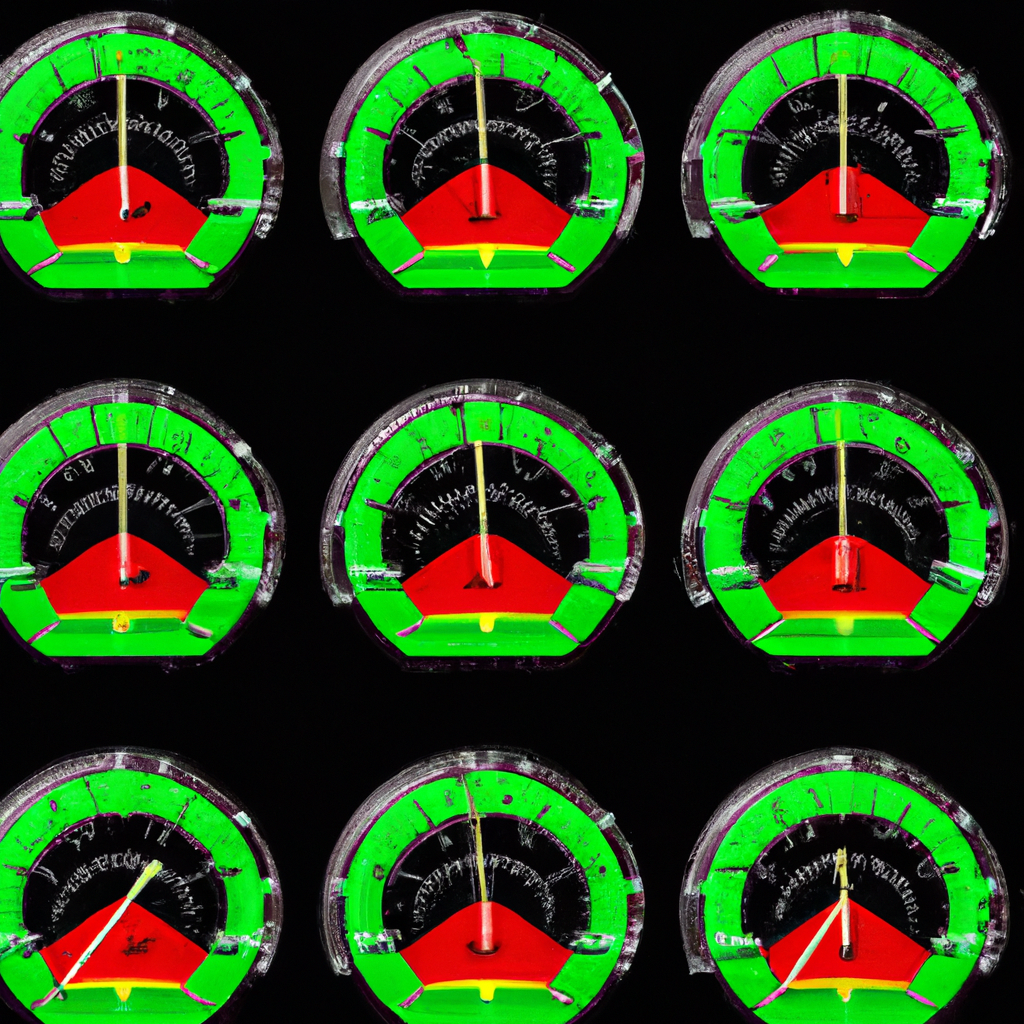Oscillators and Momentum Indicators
Introduction
Oscillators and momentum indicators are powerful tools used in technical analysis to identify potential trend reversals and generate trading signals. These indicators are widely used by traders and investors to gauge the strength and direction of price movements in financial markets. In this article, we will explore what oscillators and momentum indicators are, how they work, and how they can be effectively used in trading strategies.
What are Oscillators?
Oscillators are technical indicators that fluctuate within a specific range, usually between 0 and 100, to provide insights into the overbought and oversold conditions of an asset. They help traders identify potential turning points in the market and generate buy or sell signals. Oscillators are particularly useful in range-bound markets where prices tend to move within a defined range.
Types of Oscillators
There are several popular oscillators used by traders. Some of the commonly used ones include:
1. Relative Strength Index (RSI): RSI measures the speed and change of price movements. It compares the magnitude of recent gains to recent losses to determine whether an asset is overbought or oversold.
2. Stochastic Oscillator: The stochastic oscillator compares the closing price of an asset to its price range over a specific period. It helps identify potential trend reversals by indicating overbought or oversold conditions.
3. Moving Average Convergence Divergence (MACD): MACD is a versatile oscillator that combines moving averages to identify potential trend changes. It consists of a MACD line and a signal line, which are used to generate buy or sell signals.
What are Momentum Indicators?
Momentum indicators, as the name suggests, measure the speed and strength of price movements. They help traders identify the underlying momentum behind a price trend and determine whether it is likely to continue or reverse. Momentum indicators are especially useful in trending markets where prices exhibit a clear direction.
Types of Momentum Indicators
Here are a few commonly used momentum indicators:
1. Moving Average Convergence Divergence (MACD): As mentioned earlier, MACD is not only an oscillator but also a momentum indicator. It can be used to identify the strength and direction of a trend.
2. Relative Strength Index (RSI): RSI, besides being an oscillator, is also a momentum indicator. It can be used to assess the strength of a trend by measuring the speed of price movements.
3. Average Directional Index (ADX): ADX measures the strength of a trend without indicating its direction. It is often used in conjunction with other indicators to confirm the strength of a trend.
Using Oscillators and Momentum Indicators in Trading
To effectively use oscillators and momentum indicators in trading, it is essential to understand their signals and how they can be interpreted. Here are a few key points to consider:
1. Overbought and Oversold Conditions: Oscillators help identify overbought and oversold conditions, indicating potential reversals. When an oscillator reaches the upper range (e.g., above 70), it suggests the asset may be overbought and due for a price correction. Conversely, when it reaches the lower range (e.g., below 30), it suggests the asset may be oversold and due for a bounce-back.
2. Divergence: Divergence occurs when the price of an asset moves in the opposite direction of an oscillator. It can signal a potential trend reversal. Bullish divergence occurs when the price makes lower lows while the oscillator makes higher lows, indicating a possible upward reversal. Conversely, bearish divergence occurs when the price makes higher highs while the oscillator makes lower highs, suggesting a potential downward reversal.
3. Trend Confirmation: Momentum indicators can be used to confirm the strength of a trend. If the price is trending upwards, a rising momentum indicator can provide additional confirmation of the bullish trend. Conversely, if the price is trending downwards, a declining momentum indicator can confirm the bearish trend.
Conclusion
Oscillators and momentum indicators are valuable tools in technical analysis that can help traders identify potential trend reversals, overbought or oversold conditions, and assess the strength of price movements. By understanding how these indicators work and using them in conjunction with other technical analysis tools, traders can enhance their decision-making process and improve their trading strategies. However, it is important to remember that no indicator is foolproof, and it is always advisable to combine multiple indicators and conduct thorough analysis before making trading decisions.



